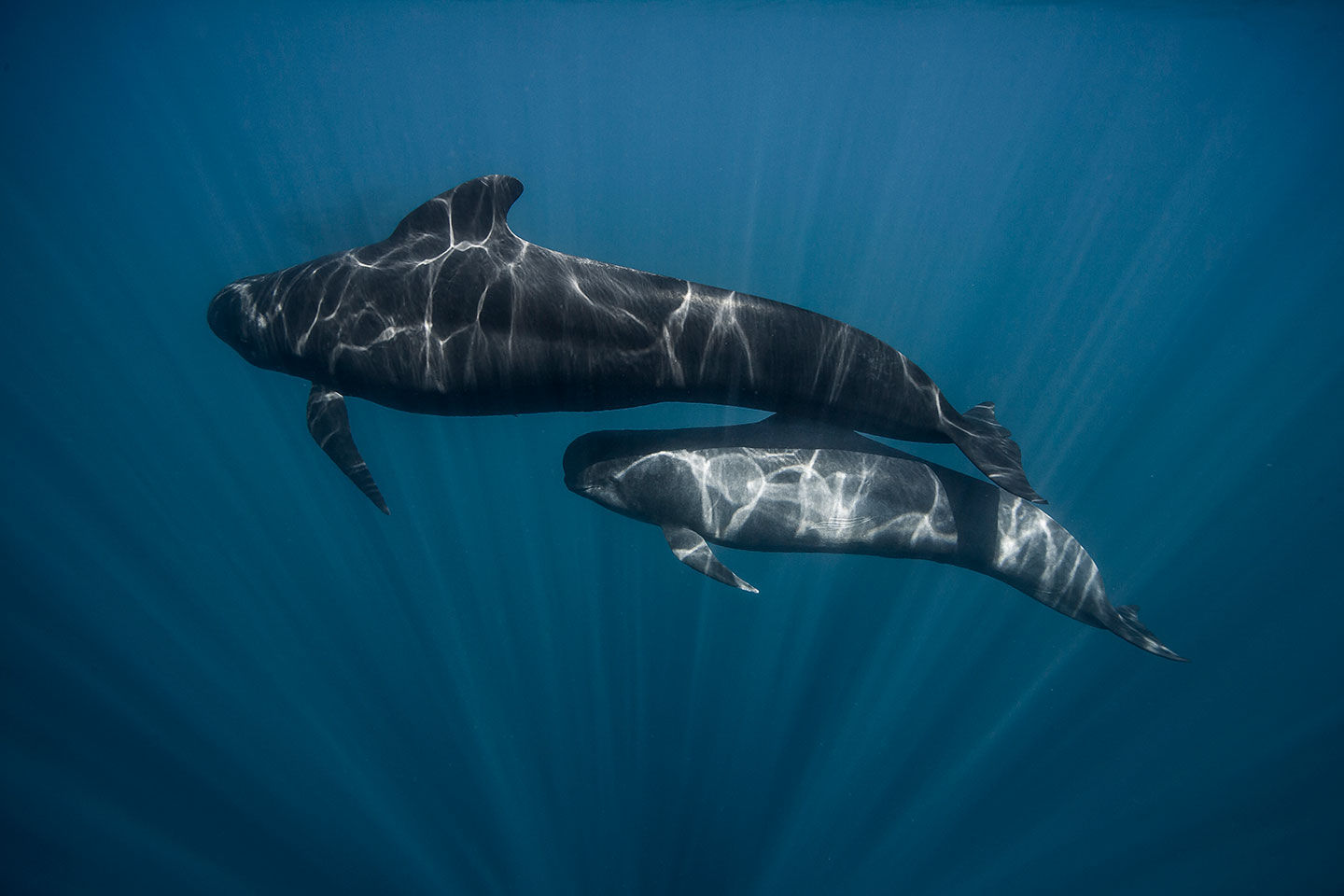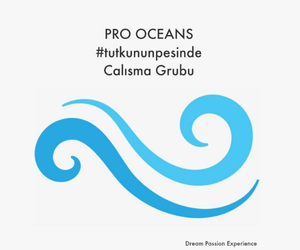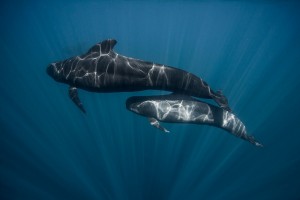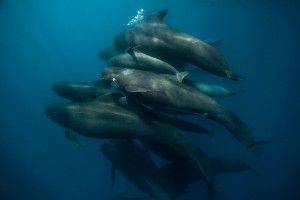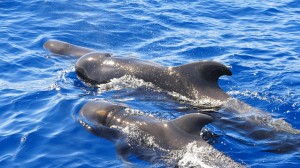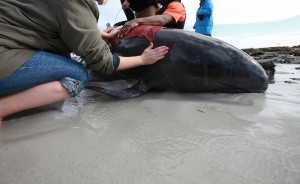Pilot whales are actually the second-largest dolphin in the world. Only the orca, or killer whale, is larger. Here are eight interesting facts about them, including the reasons why they are known for mass strandings.
1. Pilot whales live nearly everywhere in the world, with long-finned pilot whales (Globicephala melas) generally found in colder waters and short-finned pilot whales (Globicephala macrorhynchus) preferring tropical and subtropical waters.
2. Males can reach up to 25 feet and can weigh as much as three tons. Females average about 16 feet long and weigh about 1 1/2 tons.
3. Usually all black to coal gray, pilot whales have a white or light-gray anchor-shaped or heart-shaped patch on its ventral “belly.”
4. Pilot whales prefer to eat squid, but they’ll also consume fish. They eat about 70 pounds of food daily, which is actually a small amount compared to other types of whales their size.
pilot whale pod
5. Long-finned pilot whales usually travel in large matriarchal pods containing hundreds of cetaceans.
6. They are highly social animals, and researchers say that both males and females remain in their mother’s pod.
7. Short-finned pilot whales are one of the few mammal species in which females go through menopause. Pilot whales have one of the longest birth intervals of all cetaceans, calving once every three to five years. Once a female is no longer able to reproduce, she contributes to the care of the pod’s juveniles.
8. Pilot whales are known for stranding themselves on beaches. The pilot whale received its name due to the belief that the pod follows a single leader. Pods of pilot whales have been observed being very protective of their matriarchs. Studies have shown that group strandings tend to be of mostly healthy pilot whales. Scientists are not certain why these mass strandings occur, especially when so many of the beached whales are healthy, but it’s believed that their strong social bonds contributes to these events. Other reasons being studied include navigational errors made when following prey or caused by irregularities in the earth’s magnetic field, or possible parasitic infections resulting in neurological disorders.
Source: Sport Diver



